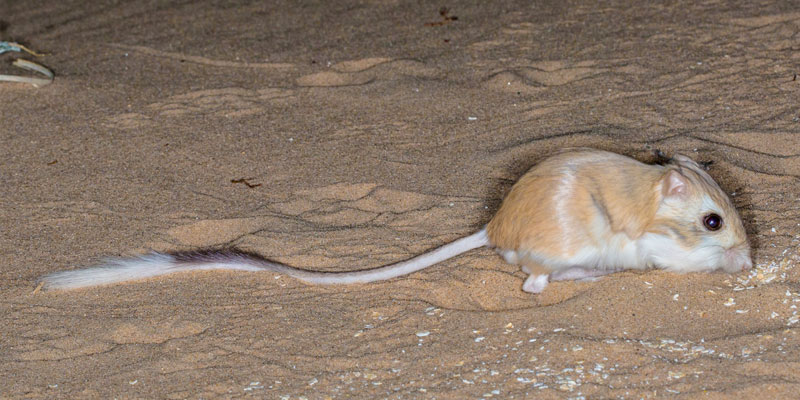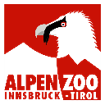The family Heteromyidae is closely related to the family Geomyidae, with both families included in the superfamily Geomyidaea. Fossil record evidence has placed the separation of Geomyidae and Heteromyidae into distinct families in the early Oligocene. Heteromyids are thought to have originated in the Oligocene in Western North America. The lineages later diversified during the Neogene. Members of Heteromyidae are primarily deciduous thorn-scrub rodents of medium to small size, adapted to arid environments. This family is made up of 60 species that are divided into 3 subfamilies and 6 genera, as follows: Perognathinae, containing Chaetodipus and Perognathus; Heteromyinae, containing Heteromy and Liomys; and Dipodomyinae, containing Dipodomys and Microdipodops. Notable species within this family include kangaroo rats and pocket mice.
Heteromyids range from western North American, down through Mexico and Central America and into northwestern South America. Many species live in deserts and dry grasslands, although members of Heteromys and Liomys can be found in both wet and dry tropical forests. All members of this family have a large, fur lined pouch in their cheek. It opens next to the mouth and extends back along the shoulders. This pouch is used for food storage. Heteromyids feed on seeds and plant parts, and sometimes animal matter. They can store this food in their cheek pouches in order to transport it back to their burrows. Most heteromyids burrow, and can form complex tunnel systems of multiple chambers and openings. The overall skeletal structure of the skull of a heteromyid can vary between species, but in general they have thin and papery skulls with underdeveloped ridges and crests. This feature helps to distinguish them from their relatives the geomyids, who all have robust skulls. Heteromyids are sciuromorphus and sciurognathus, and their cheek teeth are hyposodont. In all but the kangaroo rats, however, their teeth are not ever-growing. In most other aspects, such as pelage texture and color, the specific characteristics vary between species.






